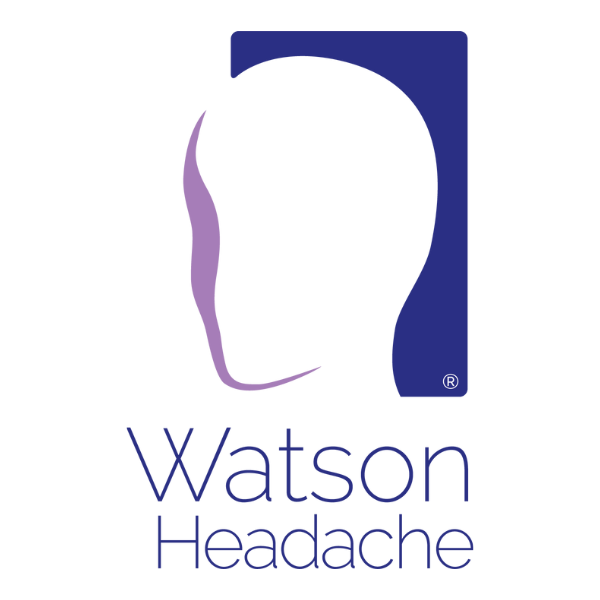Watson continues (Edition 16 – Alternating Unilateral Head Pain In Primary Headache: The ‘Elephant In The Room’), “I understand that extrapolating from lumbar discs to cervical discs may not appear valid because of the seminal research performed by Mercer and Bogduk (1). I accept this. However, let’s revisit their research.”
“Yes, that sounds appropriate,” agrees Watson’s colleague. “I understand that this research demonstrated that the annulus is thinner posteriorly than anteriorly, unlike lumbar discs where the width of the annulus is consistent in its entirety.”
“Correct,” acknowledges Watson. “The authors concluded that a ‘separate and new model must be devised for cervical discs.’ (1 p. 626) and then ‘Such (neck) pain cannot be ascribed to postero lateral fissures in the annulus fibrosus as it is in the lumbar spine…’ (p. 626), presumably because of the translucent nature of the posterior annulus. I agree with this.”
“That makes sense,” adds Watson’s colleague.
Behaviour versus Anatomy
“Yes, this appears beyond question,” continues Watson. “However, whilst structurally different, does it mean cervical and lumbar discs behave differently?”
“No, not necessarily,” concludes Watson’s colleague. “But what is it that you are suggesting here?” “I am pointing out that the only (and seminal) conclusion from this research is that to ascribe neck pain to fissures in the posterior annulus is erroneous; this is where it ends,” explains Watson.
“Furthermore, my hypothesis is not dependent on pain; more often than not, pain is absent,” continues Watson. “So, what is your hypothesis?” enquires Watson’s colleague.
“Whilst Mercer and Bogduk’s research demonstrated disc bulges, my hypothesis is not based on visible disc bulges, but an asymmetrical distribution of intra discal (pulposus) pressure postero laterally. The delicate, lightweight nature of the posterior annulus would likely render it ultrasensitive to relatively subtle (and most likely radiologically indiscernible) intra-discal pressure differentials.” “Yes,” acknowledges Watson’s colleague. “This characteristic of the posterior annulus literally facilitates my hypothesis,” adds Watson.
“Can you remember what innervates the posterior annulus,” asks Watson. “The sinuvertebral nerve,” comes the thoughtful reply. “Correct,” affirms Watson. “Consequently, as mentioned above, abnormal afferent proprioceptive information is present independent of pain. We know that muscle spindles react to provide appropriate motor responses to abnormal afferent information.” “Yes, that is widely recognised,” acknowledges Watson’s colleague.
The Compliant Inferior Capitis Obliquus
“I am suggesting that the ipsilateral inferior obliquus capitis (ICO), because of its proximity and abundance of spindles (242/gm muscle tissue – making it one of the most sensitive muscles in the body), is the prime candidate to respond, (and is optimally oriented for), rotating C2 contra laterally,” proffers Watson. “By ICO’s attachment to C1 and C2, increased tension rotates C0-C1, C1-2 and C2-3 simultaneously; all potential sources of head pain referral. If the asymmetrical distribution of intradiscal pressure occurs on the other side, head pain occurs on the ipsilateral side.”
What Becomes of the Ageing Nucleus Pulposus?
Watson’s colleague then counters, “However, all of this is contingent upon the existence and viscosity of the pulposus, for there is the view that the viscous, gel-like nucleus pulposus transforms with age to a more rigid fibrocartilaginous mass; it is devoid of viscosity.” “Yes, I understand. I was taught this, and this is still the widely-held perspective. However, contemporary research suggests otherwise,” explains Watson.
Watson’s exasperated, flustered colleague retorts sharply, “You mean that we have been misled all this time?” “No, we have been taught on the available evidence at the time, but the advent of advancing technology has provided alternative evidence,” offers a consoling Watson.
References:
- Mercer S, Bogduk N. The ligaments and annulus fibrosus of human adult cervical intervertebral discs. Spine (Phila Pa 1976). 1999;24(7):619-26; discussion 27-8.

